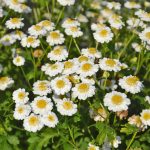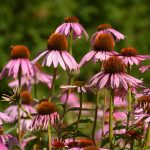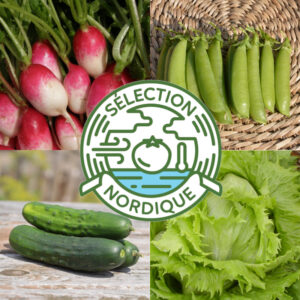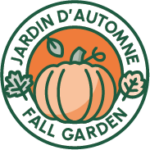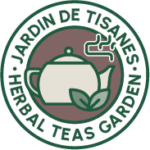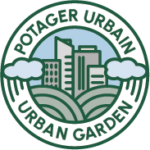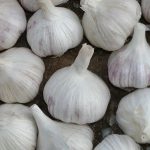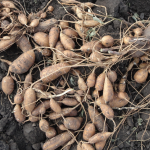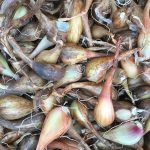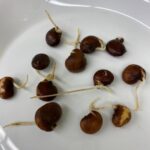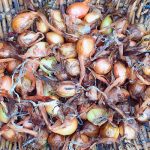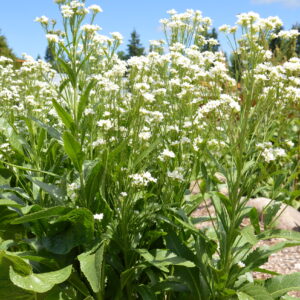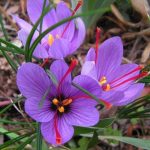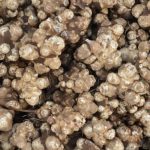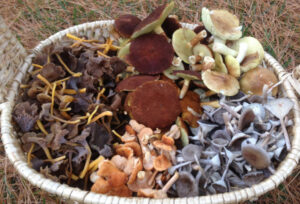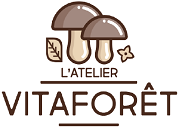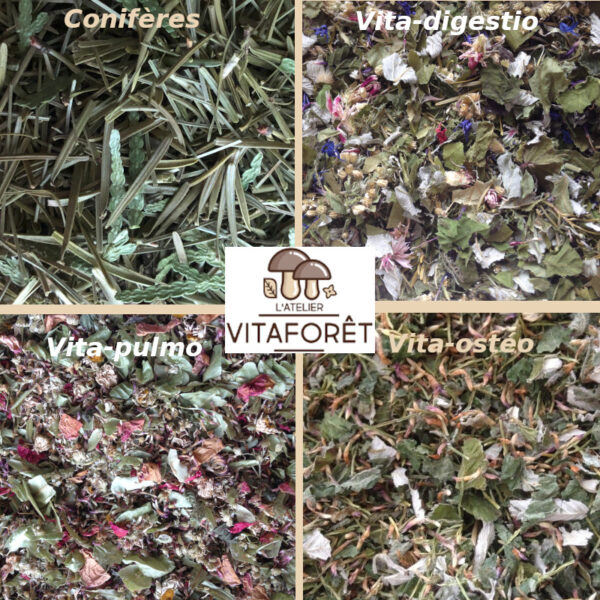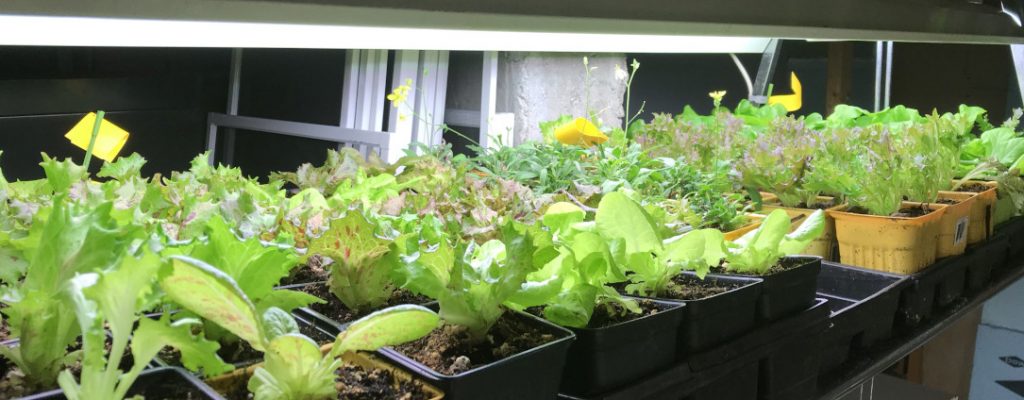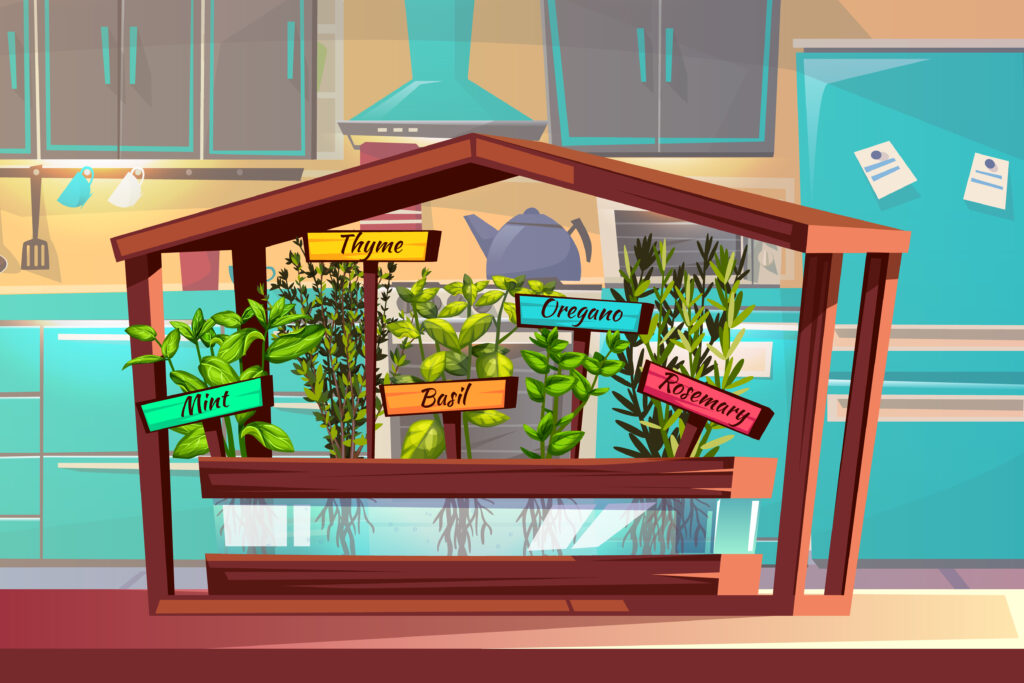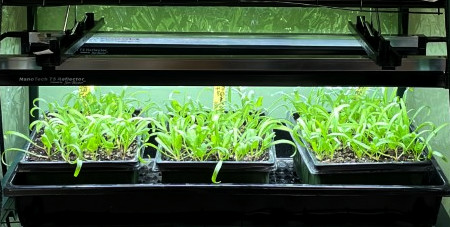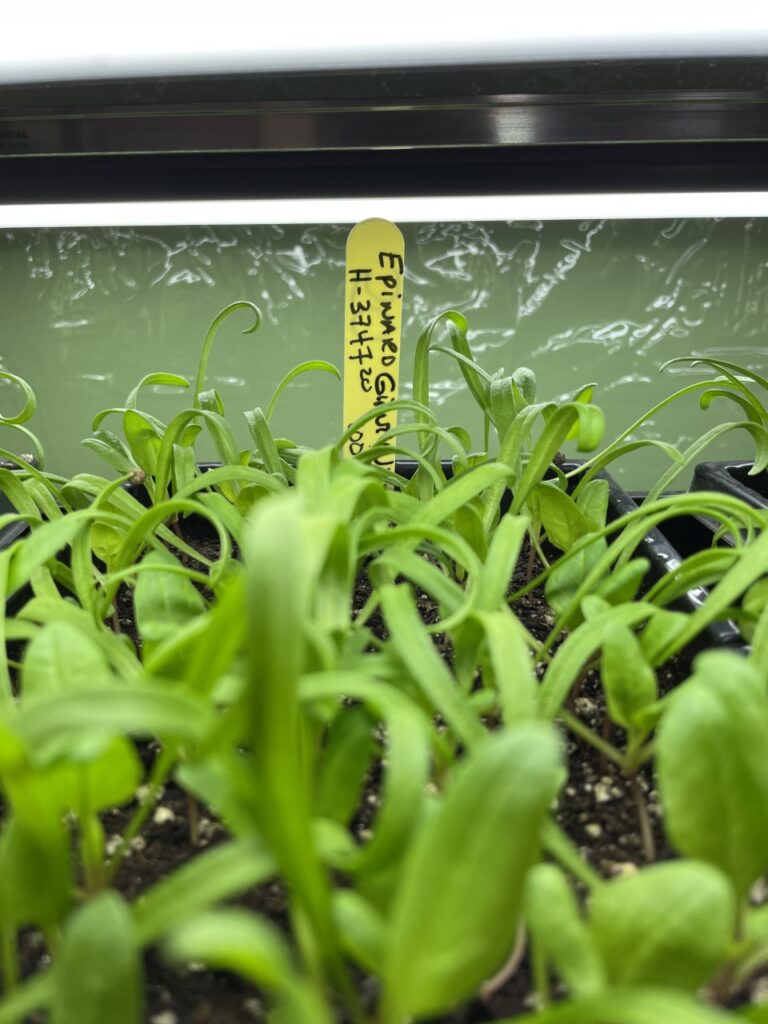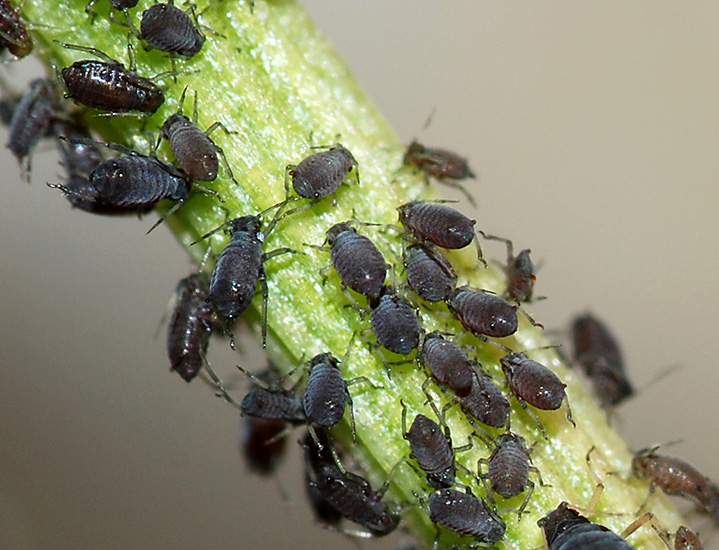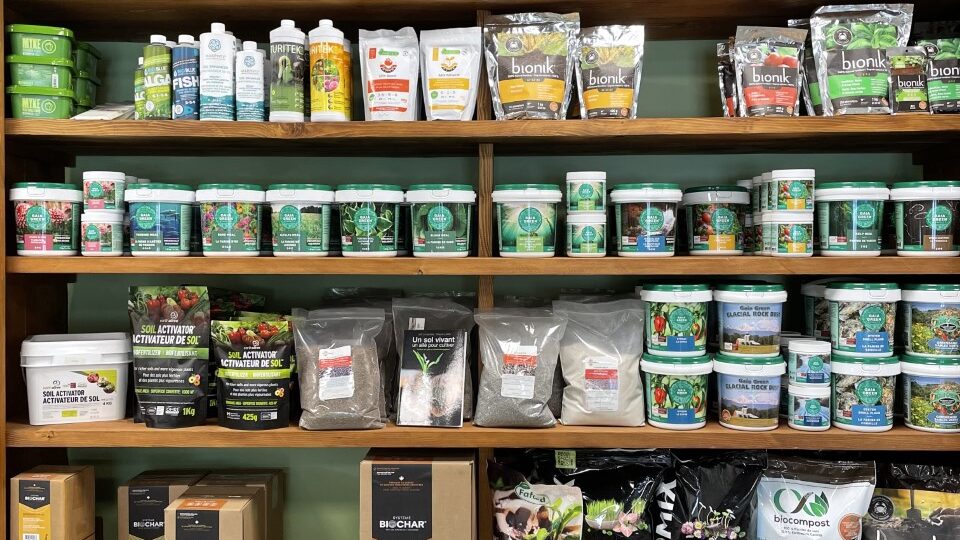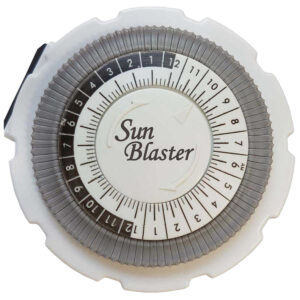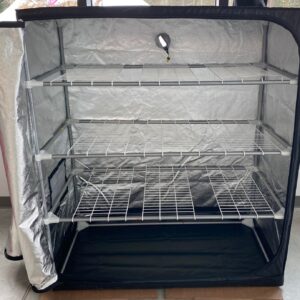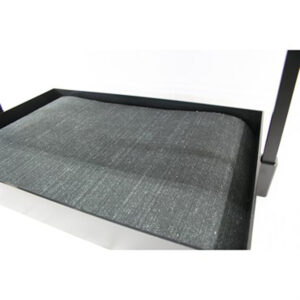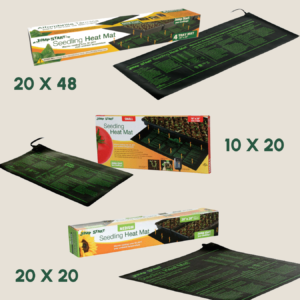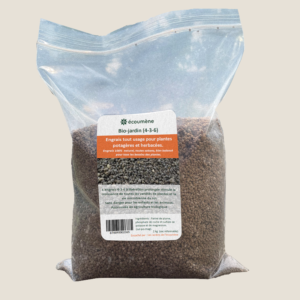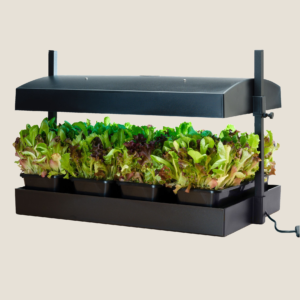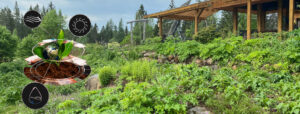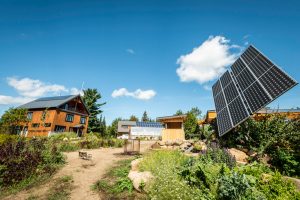Headband photo credit: Bertrand Dumont
Before embarking on such a culture, you need to know the basics. Whether for fruiting vegetables or leafy vegetables, the issues of growing indoors are presented here in order of importance.
The light
In order to produce vegetables indoors, a window sill is not enough. Artificial lighting must be used. We can use simple fluorescent tubes, lights of LED type to sodium lamps high pressure.
Ordinary incandescent lamps, halogen lamps and ordinary compact fluorescent lamps are not suitable for this type of cultivation.
To start, you can use the COMBO T5HO lighting kit from SunBlaster. This device includes a reflector, a grow light, an electronic ballast and suspension mountings. The 6 degree Kelvin lamp, which provides optimal photosynthesis efficiency, is ideal for growing young plants and leafy vegetables. If you already have a compatible ballast, you can use T5LED lamps from SunBlaster.
The Hydrofarm Mini Sunburst Lighting Kits et Hydrofarm Sunburst CMh have a full spectrum of light, ranging from ultraviolet to infrared. This promotes the growth of foliage, the formation of flower buds and fruits.
La single bar grow light MarsHydro SP-150 Full Spectrum LED Lighting Kit, with a substantial blue spectrum, is an optimal lighting solution for leafy vegetables. With a power of 140 w, this lamp covers 60 cm x 60 cm.
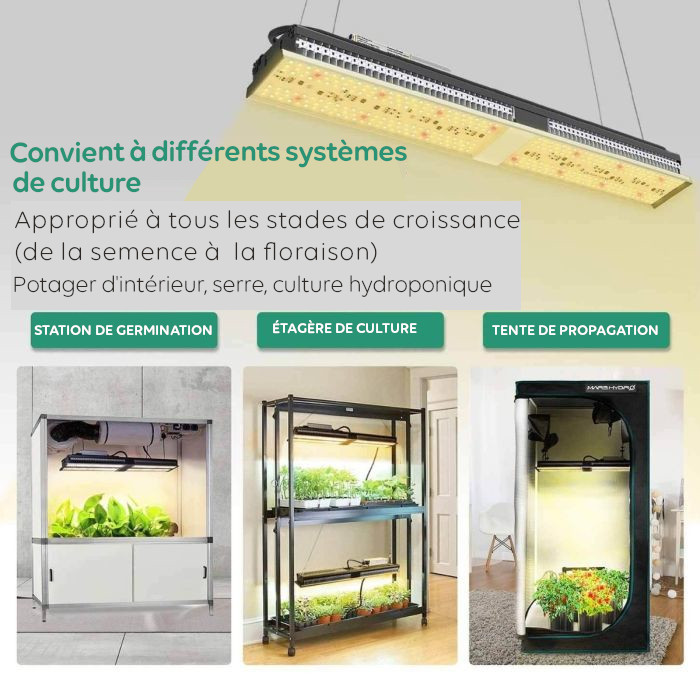
Associate the TS1000 LED full spectrum lighting package with dimmer, with a power of 150 w, or the high intensity lamp of theFC-E3000 lighting kit (LED) with a power of 300 w with the Mammoth propagator 125 propagation tent offers great possibilities. The reflective and breathable fabric the tent is made from also helps control humidity and temperature.
Temperature
Although needs vary depending on the growth stage and the ttype of plants, it is possible to establish broad lines. During their growth, plants require 18 to 22°C during the day and 12 to 15°C at night. The temperature is difficult to obtain in a house. Installing the culture in a little-used room, an unheated solarium or a basement with a lighting system, is to be considered.
If it is impossible to reduce the temperature at night, you should not worry too much, since this does not endanger the life of the plant.
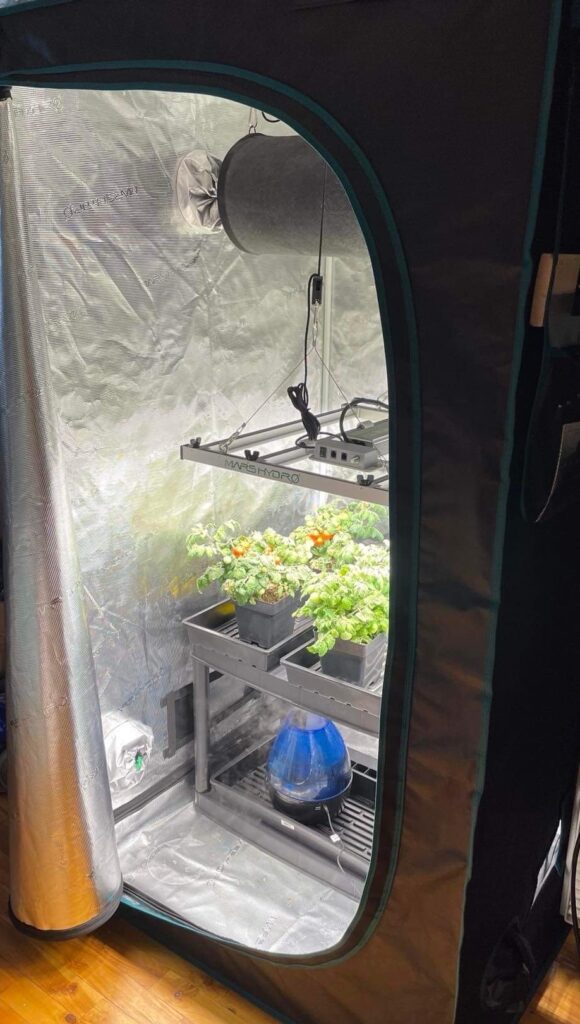
We can also counter the problem of temperature variations by using the Jump Start heating cable or heating mat for Hydrofarm seedling trays (it can also be used under pots or growing trays) as well as the thermostat for Jump Start heating mat to regulate the temperature.
watering
It must take into account the light, the temperature, and the fact that the plants are in a pot. In these conditions the risks of excess water are very present. The best way to obtain good results is to check the humidity of the soil regularly, ideally every day, if not every other day, and to water in small quantities rather than adding a large amount of water.
To maintain fresh, humid air around the plants, you can fill a saucer with gravel or clay balls before filling it with water.
In addition to a hand watering can, it is good to have a trigger sprayer or a manual piston sprayer.
The substrate
To avoid problems linked to lack of aeration, the substrate must be light and retain a little water. THE Premium organic potting soil for vegetables and fine herbs from PRO-MIX and Berger all-purpose potting soil are adapted to these conditions.
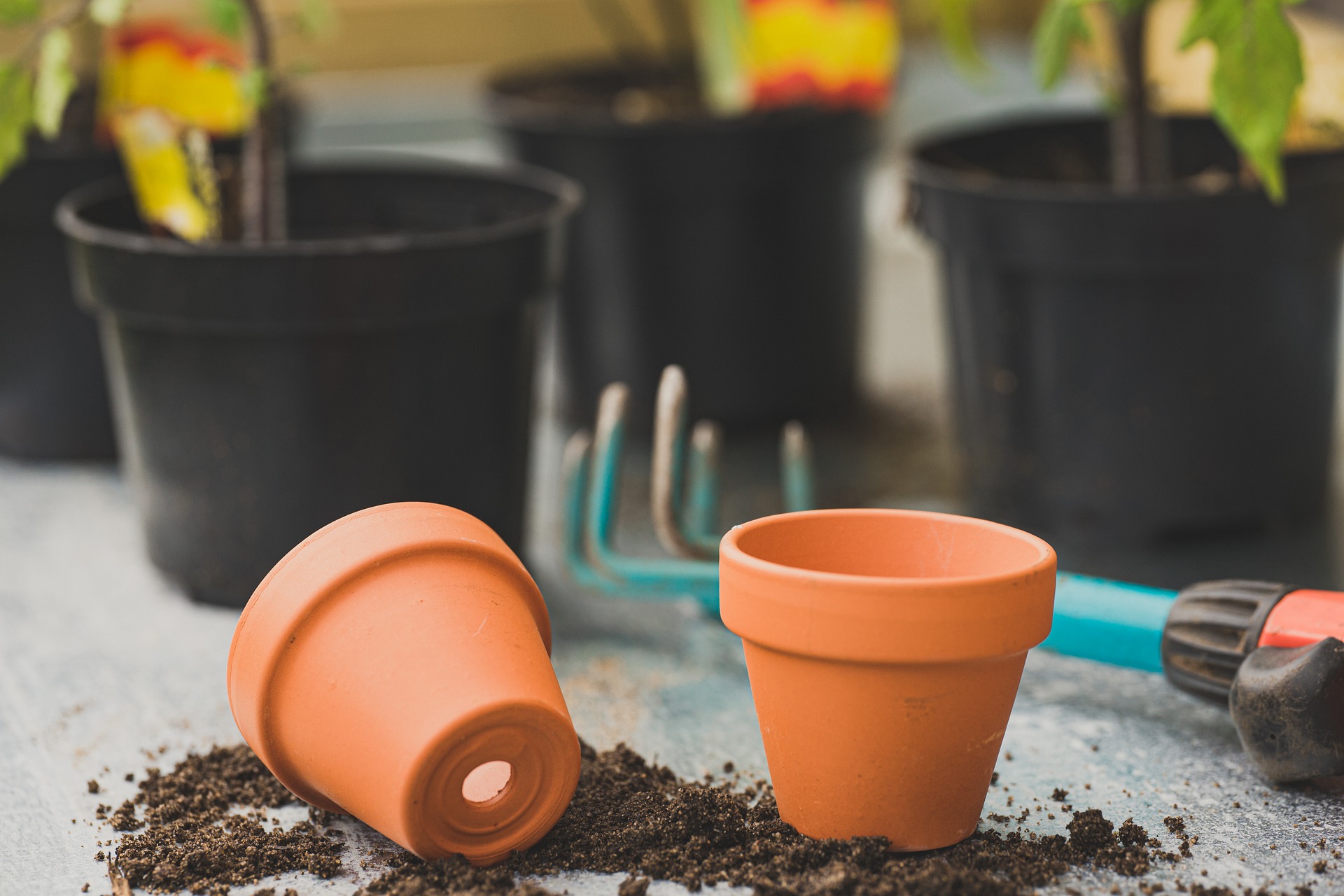
We recommend using pots 10 to 30 cm in diameter with drainage holes at the bottom.
Air circulation
It must be combined in two stages. By spacing the plants apart, we allow good air circulation, promote the development of plants and prevent the spread of diseases.
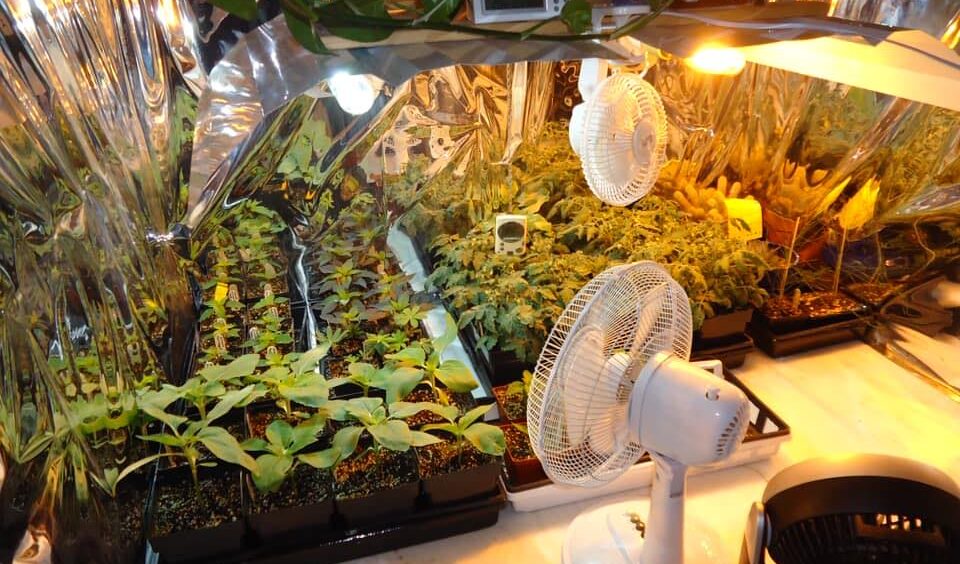
To imitate nature, where plants are used to being exposed to the effects of wind, you can install a fan set to low speed and coupled with the plant lighting timer.
Parasites
As the plants are not in their natural environment, it sometimes happens that we see insects appear, more rarely diseases. The most common insects are:
- Red spiders: we can limit their proliferation by regularly spraying the foliage, particularly the underside of the leaves;
- White flies and aphids: washing the plants with plenty of water when the insects begin to appear will dislodge the adults and eggs;
- Mealybugs: scale insects can be removed by brushing them with a cotton swab soaked in alcohol.
Le black soap with olive oil Marius Fabre and Bioprotect Sôp insecticidal soap are effective against all these insects. In case of illness we use the Concentrated fungicide and bactericide for tomatoes and vegetable gardens from Bioprotec.
We regularly check the health of the plants, but in the event of an uncontrollable infestation, we destroy the plants.
Fertilization
Since plants are grown in containers, adding fertilizer is essential.
The use of natural fertilizers such as Bio-jardin, Bionik fertilizer for seedlings, fine herbs and houseplants or Alga liquid algae from Big Blue are ideal.
During winter, for plants requiring rich soil (see Écouinfo Nutrient requirements of plants), we apply fertilizer every 15 days at half dose. For the moderately rich, we make a contribution once a month. In spring, we double the dose.


